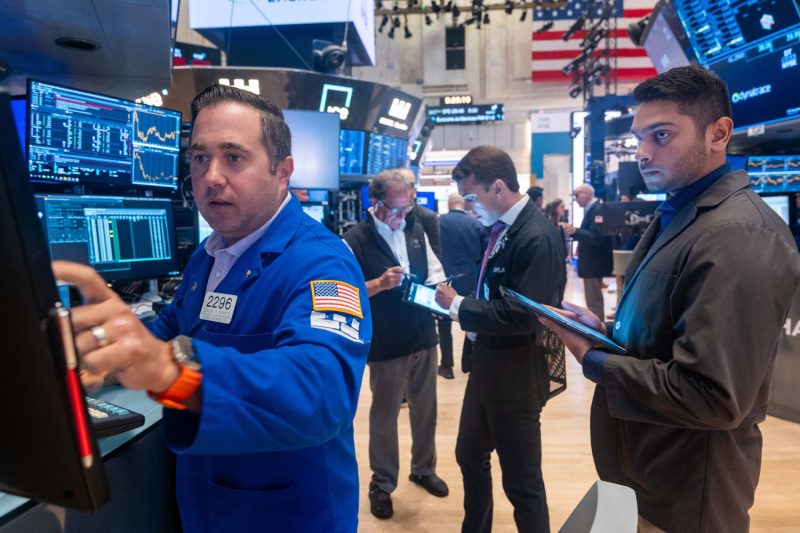U.S. Markets Close Sharply Lower, but Some Economists Say Economy Looks Stable
According to recent reports, U.S. markets closed sharply lower, reflecting growing uncertainty among investors amidst concerns over trade tensions and slowing economic growth. The S&P 500 and Dow Jones Industrial Average both experienced notable declines, with technology and industrial sectors leading the downturn.
While these developments may signal short-term challenges for the economy, some economists remain optimistic about the overall stability and resilience of the U.S. economy. They point to several key factors that suggest that the current situation may not be as dire as it appears at first glance.
One important factor to consider is the robust consumer spending that has been driving economic growth in recent months. Retail sales have been strong, buoyed by a healthy job market and rising wages. This suggests that consumer confidence remains high, which is a positive sign for the economy.
Additionally, the labor market continues to show signs of strength, with unemployment at historic lows and job creation remaining solid. The latest jobs report revealed that the economy added a greater number of jobs than expected, indicating that businesses are still hiring despite economic headwinds.
Another positive indicator is the performance of the housing market. Low mortgage rates have spurred increased demand for housing, leading to higher home sales and rising prices in many parts of the country. This trend bodes well for the economy, as the housing market is a crucial indicator of overall economic health.
Furthermore, the Federal Reserve’s recent decision to cut interest rates may provide a much-needed boost to the economy. Lower interest rates can stimulate borrowing and investment, which could help to offset some of the negative effects of trade tensions and global economic uncertainties.
It is also worth noting that the U.S. economy remains relatively insulated from some of the external risks that are affecting other major economies around the world. While global growth has slowed, the U.S. economy is still expected to expand at a moderate pace in the coming months.
In conclusion, while recent market fluctuations may raise concerns about the outlook for the U.S. economy, there are several positive indicators that suggest the economy remains on stable ground. Consumer spending, the labor market, housing market, and the Fed’s monetary policy are all contributing factors that support the view that the economy is well-positioned to weather any short-term challenges. As always, continued monitoring and careful analysis of economic data will be essential to understanding the evolving economic landscape.
